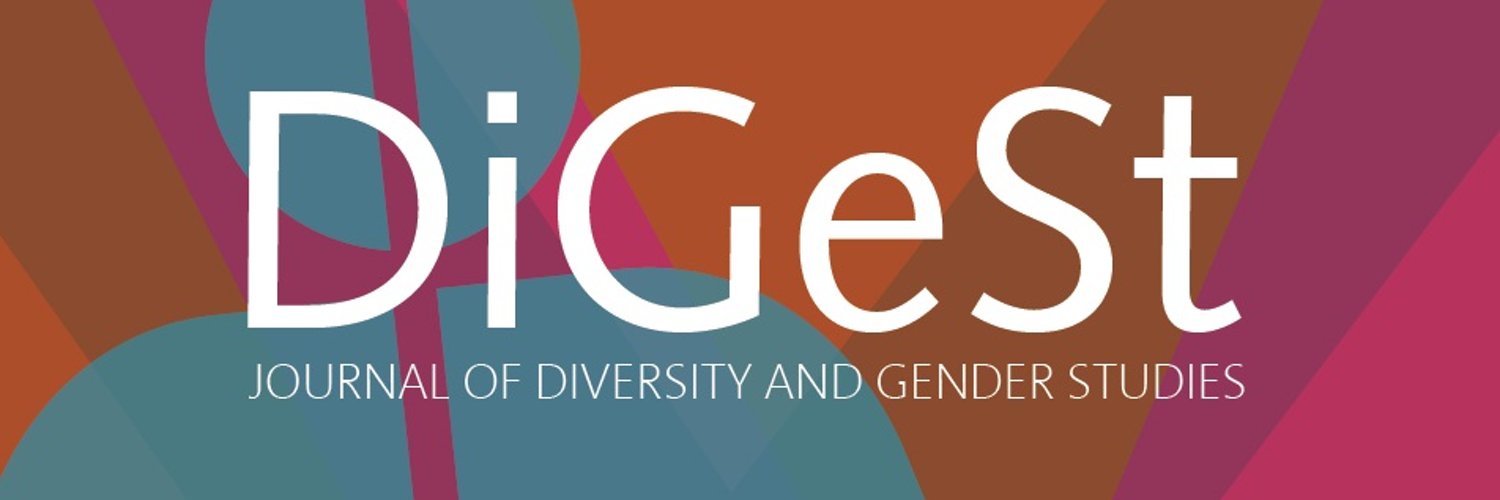Author Guidelines
DiGeSt accepts two types of submission: Articles and "What are you reading?" book review pieces.
Articles
Article format and length: Article should be submitted only in Word format; the length should be between 6000-7000 words including footnotes and references and it should include an abstract (100-150 words), keywords (5-7), an introduction, the main text, a conclusion, declaration of conflict of interests, references (see below for style); if necessary you can include acknowledgements before the declaration of conflict of interests. If there are no conflicts of interests, mention 'The author(s) declare(s) no conflicts of interests'.
Submission files: Submit two separate manuscripts, one with the author(s) details (full name of authors, affiliation with the name of institution, and email + contact information of the corresponding author) and one anonymous file. Make sure that you remove any information in your anonymous manuscript (including footnotes and acknowledgements) that could identify you, and disguise all references to personally identifiable information such as the research insitution where you work was carries out. If you submit a revised version of a paper, include an anonymized response letter to the reviewers.
Images: If you would like to incorporate images, implement them in the article in JPEG/PNG format. Make sure to give the image a number and name in caption form. Images should be high quality. You are responsible for securing permission to reproduce material under copyright. If this is required, please provide us with the complete and correct acknowledgements.
Tables: If you would like to incorporate tables, implement them in the article in plain table word format (no coloring or design). Please supply editable tables. The tables should include new information and not repeat existing text and should be independently interpretable. Make sure to give the table a number and name in heading form. The table description and analysis of the table should be incorporated as caption.
What Are You Reading?
The “What are you reading?” section invites (early-career) researchers to report on works that are deemed relevant to the field and that are of particular significance to the author’s ongoing research (500 words). Questions that should be answered are:
- Why did you choose this work?
- What specific elements are so interesting about it?
- What inspired you and your research?
- How did the chosen work orient your research in a new way?
- What impact did it have on your projects and insights?
- What is the relevance of the chosen work for the wider field in which your research can be situated?
Style and Reference Guidelines (for articles and "What are you reading?")
Style and language guide:
Font: Times New Roman 10 point throughout, and Times New Roman 9 point in footnotes. Please do not use Caps Locks for titles; for italics see below.
Spacing: Single line space throughout, including footnotes and references.
Headings: Use bold for title, author’s name, first-level headings (Introduction; Conclusion; etc). Use bold and italics for second level headings. Please do not use higher level headings in the paper.
Aligning: Please align the text left. Do not align any parts of the paper center or right.
Indenting: Use indenting in all new paragraphs, except for the first line under headings, images, tables, or under quotations longer than 35 words.
Footnotes: Use footnotes, and not endnotes in the paper. Please avoid including longer endnotes.
Spelling: Any spelling style is accepted so long as it is consistent within the manuscript. Full caps for acronyms, e.g. NATO, USA, TV.
Italics: Italics should be used for foreign words except when part of a foreign language quotation or when the word has been assimilated into the English language. Italics should also be used for titles of newspapers, journals, plays, books, films, works of art, names of ships, but not for the names of institutions or associations.
Numbers: in ranges of numbers please omit any digits that are not necessary to understanding: 1009, 1056, 11113, 1234, … (except in bibliography). Spell out words up to but not including 100. Write 6000 not 6,000.
Quotations: Use single quotation marks throughout the paper, except for when 'the quotation is "within" another quotation'. Quotations longer than 35 words should be indented as a new paragraph and without any quotation marks.
Bullet points and numbered lists are not allowed.
Reference Guidelines:
DiGeSt uses the APA Style, 7th edition.
